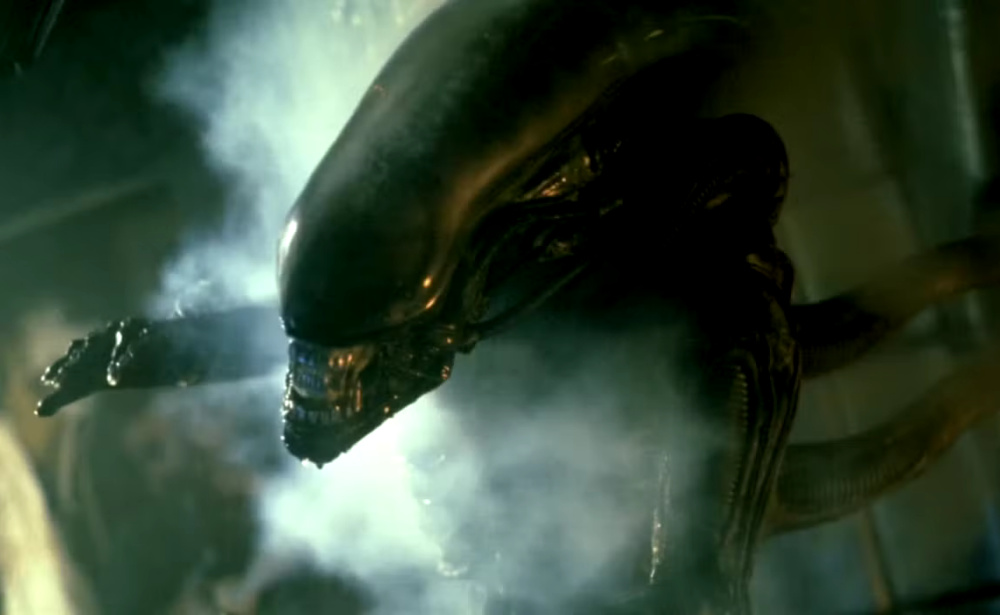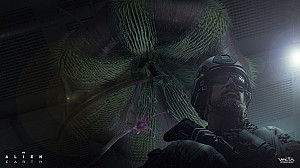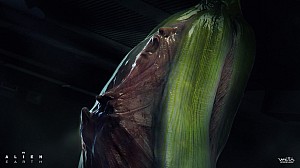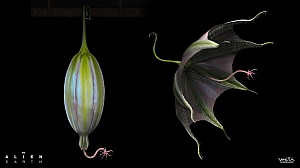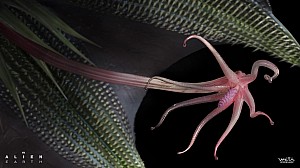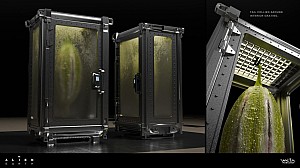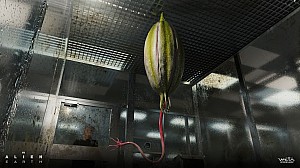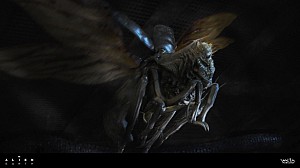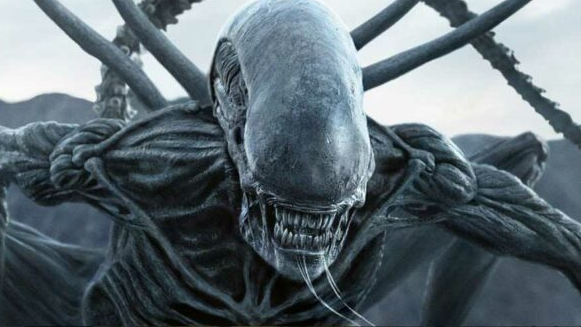The Xenomorph, also known as Xenomorph XX121, is the iconic alien species at the heart of the Alien franchise. Known for its terrifying biology and rapid development, the Xenomorph's life cycle is a critical aspect of its threat and appeal. This article explores each phase in the Xenomorph’s evolution, from egg to apex predator.
1. The Egg Stage (Ovomorph)
The Xenomorph life cycle begins with the Ovomorph, commonly referred to as an Alien egg. These leathery, pod-like structures are laid by a Xenomorph Queen in large batches and are highly durable. While the Egg did come before the chicken, in a sense - in the absence of a Queen, a single Xenomorph is capable of creating one - though this process was never shown in any film. The creation of an Alien Egg was an unused concept for Ridley Scott's 1979 original.
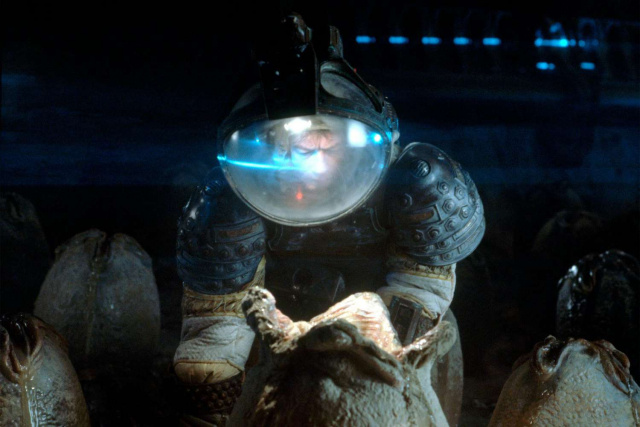
- Key Traits:
- Responsive to nearby lifeforms
- Opens in a four-petal fashion when triggered
- Contains a dormant Facehugger
2. The Facehugger Stage
Once the egg opens, the Facehugger emerges. This arachnid-like creature's sole purpose is to implant a Xenomorph embryo into a living host. They bleed acid for blood and will kill its host if attempted to be removed prior to delivering its embryo. In some cases, extreme fluctuations in temperature can force a Facehgger to detach, however not before delivering its deadly payload.
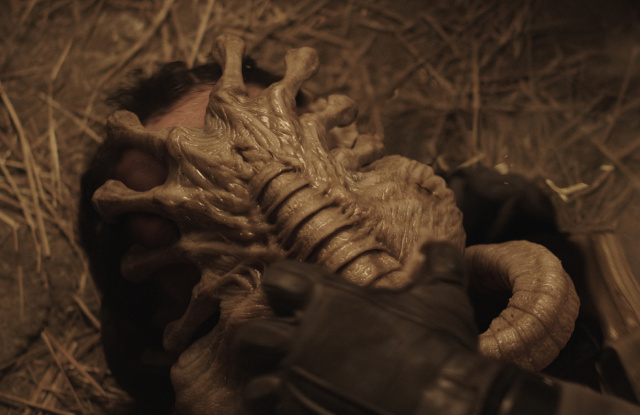
- Key Traits:
- Rapid movement and strong grip
- Attaches to the host’s face, paralyzing them
- Impregnates host with an embryo via a proboscis
Facehuggers are a crucial vector in the parasitic reproductive process, and once the implantation is complete, the Facehugger dies.
3. The Chestburster Stage
After incubation (lasting from hours to days), the embryo matures into a Chestburster. This terrifying stage is characterized by its violent emergence from the host’s chest cavity. The Chestburster emerges from its host by breaking through the rib-cage, killing the host in a violent fury of broken bone and blood.
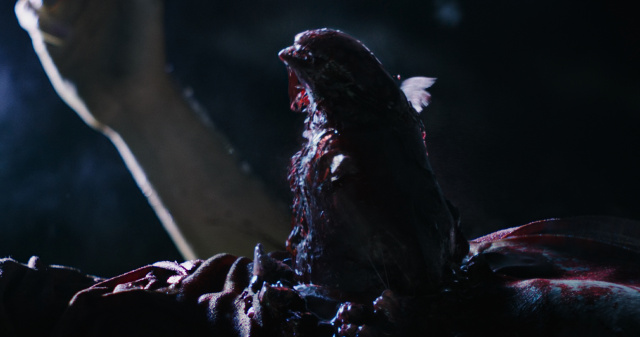
- Key Traits:
- Resembles a serpentine creature with small limbs
- Extremely fast and evasive
- Rapidly grows into an adult Xenomorph
The Chestburster’s appearance and behavior can vary depending on the host species, leading to different Xenomorph variants (e.g., the Predalien).
4. The Adult Xenomorph
The adult Xenomorph, also referred to as a Drone, Warrior, or Soldier depending on its role and morphology, is the final and most dangerous stage. Intelligent, agile and ferocious - the adult Xenomorph is a cunning strategist. Adult Xenomorphs stalk, observe and learn their prey - they are the perfect killing machine. Efficient and relentless, adult Xenomorphs have been shown to flank their enemies by learning and memorising their surroundings. They will use their prey as leverage to entice or coerce other prey to attempt to save them - only to be killed once close enough. The Xenomorph's primary objective is to reproduce and spawn more of its kind, so initially killing nearby prey may be done to establish a safe boundary, but after that the focus is on gathering hosts.
If a Chestburster, Facehugger or fellow Xenomorph are killed, they seem to act with vengeful intent - increasing their aggression and ferocity towards their aggressors. To a Xenomorph, family is everything.
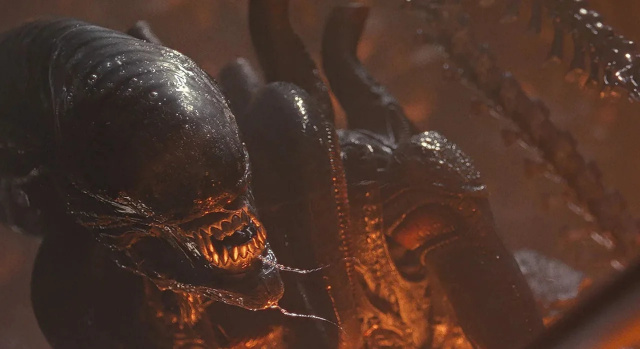
- Key Traits:
- Height: ~7–8 feet
- Exoskeletal armor
- Secondary inner jaw for precision attacks
- Acidic blood as a defense mechanism
- High intelligence and hive behavior
The adult Xenomorph can take on various forms depending on the host organism, making it one of the most adaptable and lethal species in science fiction.
5. The Queen Xenomorph
In certain hives, a Queen Xenomorph emerges—larger, stronger, and more intelligent than standard adults. Only seen in a few of the canonical entries in the Alien timeline, the Queen is a formidable creature. There is no upper size limit for a Queen as well - it is suggested that the longer they live, the larger they get. While not invincible - the Queen is very hard to kill and most enemies opt to use careful planning to escape her terror, rather than taking her on head to head.
The Queen also has an intimate relationship with all of her spawn. A form of Hive Mind, the Queen can call, influence and instruct her brood to act on anything she deems necessary - whether that be gathering hosts, protecting the nest or launching full-scale assaults on enemies. If a Queen does die, however and the Hive is left without a matriarch, a single Xenomorph can transform into a Praetorian variant - which is a precursor to an adult Queen. The time it takes for Praetorian to transform into a Queen is currently unknown.
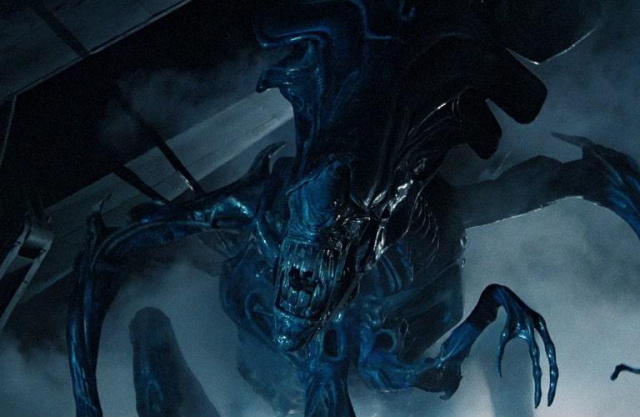
- Key Traits:
- Capable of laying dozens of eggs
- Possesses an ovipositor
- Larger head crest and protective instincts
6. Alternative Life Cycle Variants
Not all Xenomorphs follow the traditional egg–facehugger–chestburster–adult path. Some variants include:
- Neomorphs (from Alien: Covenant)
- Deacon (from Prometheus)
- Black Goo-mutated forms (engineered by the Engineers)
These deviations are part of the Alien franchise’s expanded lore and showcase the biological complexity of the Xenomorph species. These variants are also unique products of very complex genetic anomalies which we will cover in another article.
The Xenomorph life cycle is a horrifyingly efficient process that highlights the species' adaptability and biological dominance. Whether you're a fan of the classic Alien films or exploring the expanded universe, understanding the Xenomorph’s development adds depth to its terrifying legacy.
Frequently Asked Questions (FAQ)
Q: How long does it take for a Xenomorph to mature?
A: Depending on the environment and host, a Xenomorph can reach full size within a matter of hours.
Q: Can a Facehugger attach to any living being?
A: Nearly all complex lifeforms can serve as hosts, but the resulting Xenomorph may vary in appearance and behavior.
Q: Do all Xenomorphs become Queens?
A: No, Queens are rare and may require special circumstances or mutations to develop.
More Alien Lore Articles

Weyland-Yutani Specimen Profile: D. Plumbicare
What is that hanging plant-like specimen in Alien: Earth? The mysterious and relatively inactive plant-like organism collected by the Weyland-Yutani Maginot research vessel...

Mold Scrubbers in Alien: Earth
Who are those guys in suits spraying the walls inside Prodigy Corp in Alien: Earth ? Subtly shown throughout various scenes early in Alien: Earth are people wearing bulky...

Alien: Earth Season 1 Timeline & Everything we know!
Alien: Earth is the official title for the upcoming TV series being developed for FX and Hulu. The Alien series was created by showrunner Noah Hawley and premieres on...

Weyland-Yutani Specimen Profile: Trypanohyncha Ocellus
What is that eyeball octopus alien specimen in Alien: Earth ? It's official name is Trypanohyncha Ocellus – or T. Ocellus for short (also known as Species 64...
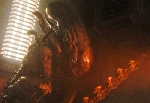
Alien: Romulus 2 - Everything we know about the next Alien movie!
An Alien: Romulus sequel is officially in development! As of October 24th, 2024 it was announced officially by 20th Century Studios that the studio had begun preparations...

